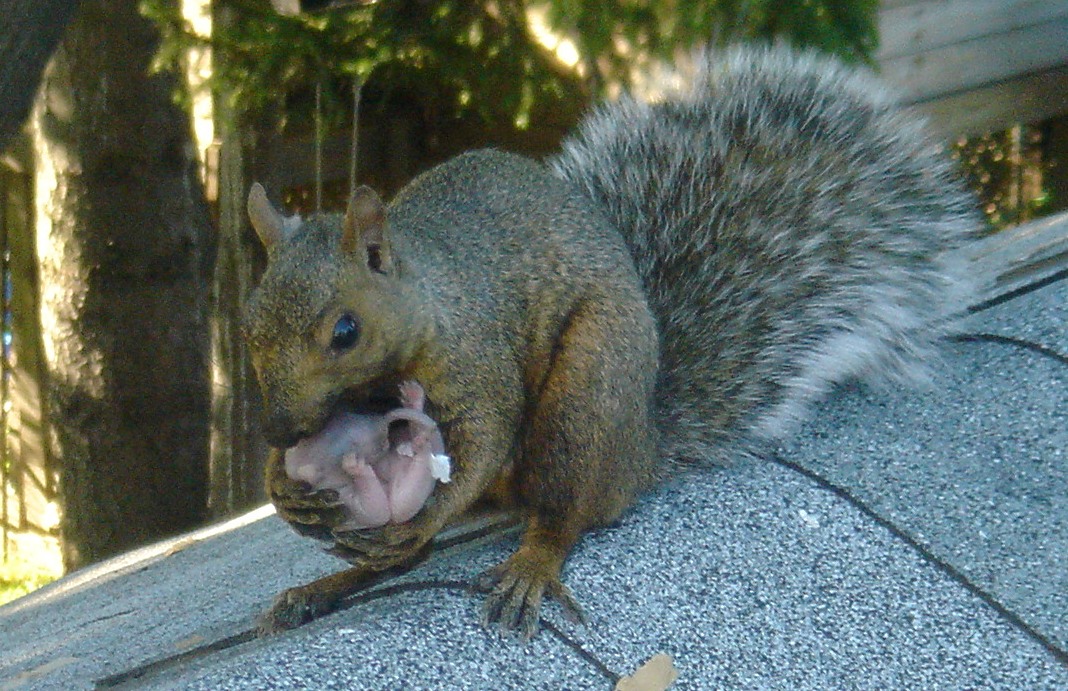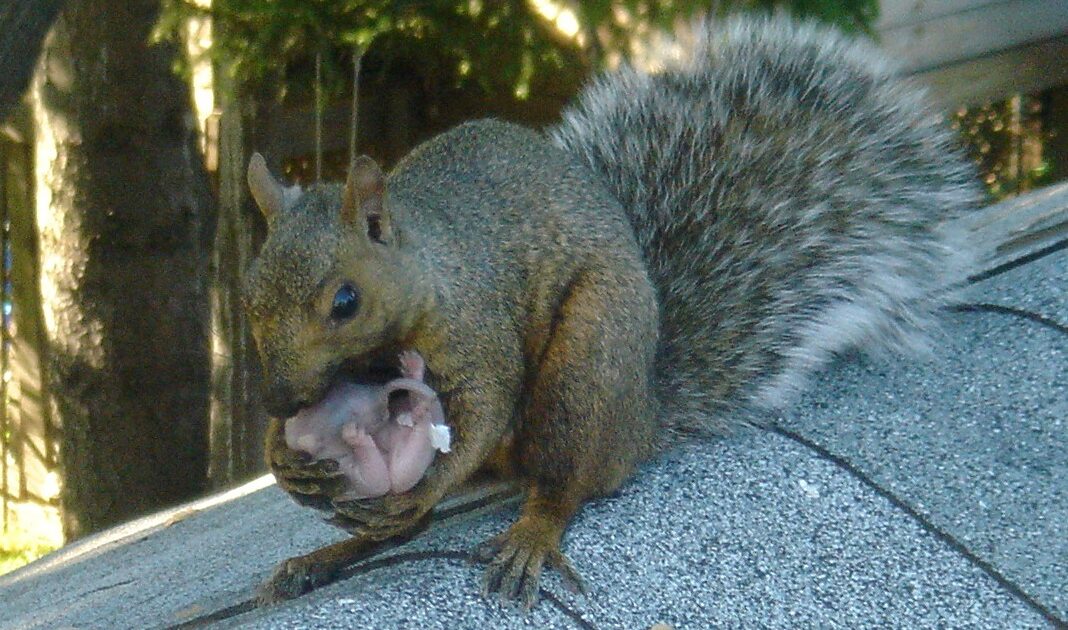In Canada, spring is one of the most anticipated seasons of the year – filled with brighter days, rising temperatures, and an abundance of wildlife activity. Most urban wildlife in Ontario remain tucked away over the winter months, but as the weather begins changing, our neighbourhood critters start exploring the world around them. Raccoons, skunks, rabbits, squirrels and bats are only some of the most common wild animals encountered in Southern Ontario. Even though we see these creatures on a regular basis, there are some precautions to take during wildlife interactions in order to protect both the animals and yourself.
Raccoons and squirrels are the first to bring new life into the neighborhood, birthing their litters between late February and early June. Raccoon litters typically contain from one to seven kits, while squirrels range from one to nine kits per litter. Skunk baby season starts a few weeks later in May and June, with only four to six kits per litter. With each new life comes the increase in human and wildlife conflicts. It’s important to remember that wherever young animals are, their mothers are usually very close by. Wildlife mothers are very protective of their young, and may attack if they feel threatened, so be sure to keep your distance.
While you may feel the urge to help a young raccoon or squirrel, jumping to conclusions can actually cause more harm than good. It’s normal for young wildlife to explore the world around them, often wandering away from the group for short periods of time. If you see a young animal that appears to be healthy, resist the urge to jump in and save the day. It is always better for young wildlife to be raised by their own mothers, and by removing a healthy animal from their mothers range the risk of becoming abandoned increases.
Contrary to popular belief, it’s not a cause for concern to see traditionally nocturnal animals out during the day throughout the spring and summer months. Raccoons, skunks, bats and rabbits may venture out during daylight hours to forage for food for their new litters. Young animals are not always accustomed to their mothers sleeping schedule, so it is not necessarily concerning to see them exploring during the daytime either.

However, if the young animal appears to be sick, injured, or has been alone for more than 24 consecutive hours, it may be time to call a wildlife rehabilitation center for help. Follow their instructions, and trust the experts to best protect yourself and the animals. It’s a common myth that touching a young animal will cause their mother to reject them, which is not the case. It is always best to leave wildlife alone, and keep a safe distance, unless their life depends on your assistance.
Enjoying wildlife in their natural habitat is great, but as some of our past clients would agree, having wild animals on your property can cause quite the disruption. Spring is our busiest time of the year, as wildlife begin searching for a place to birth their new litters and seek shelter within our attics, sheds, and decks. Even on your own property, precautions should be followed to keep yourself and wildlife safe. Keep your garbage indoors whenever possible, secure pet doors, and regularly inspect your roof for signs of wildlife entry.

During baby season, our humane wildlife removal methods protect family units by allowing the mother to retrieve her babies from a safe, warm baby reunion box. Our goal is to protect wildlife at all costs, while keeping homeowners and their properties protected as well. By learning to coexist with wildlife, we can share these urban spaces and live in harmony together for years to come.




